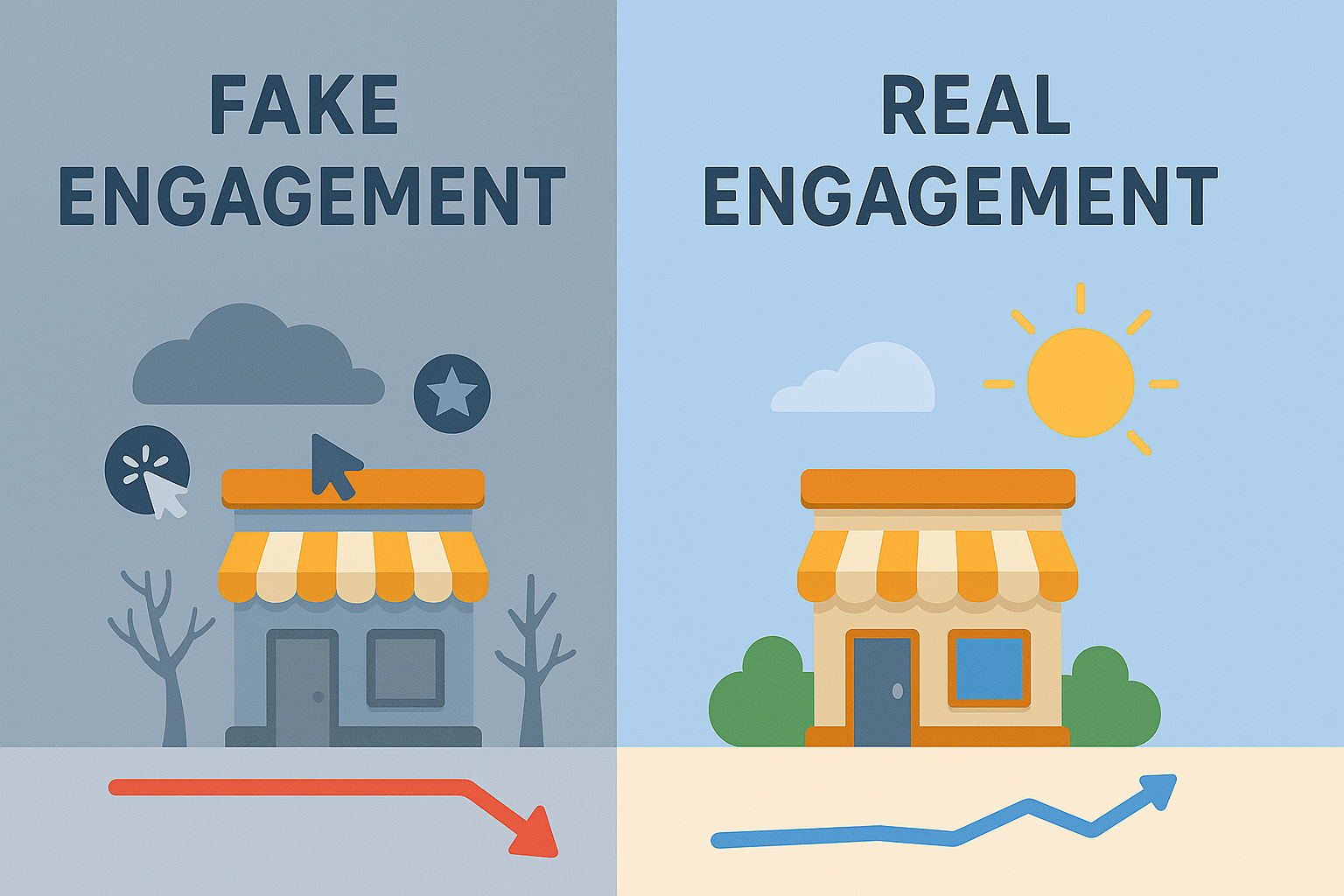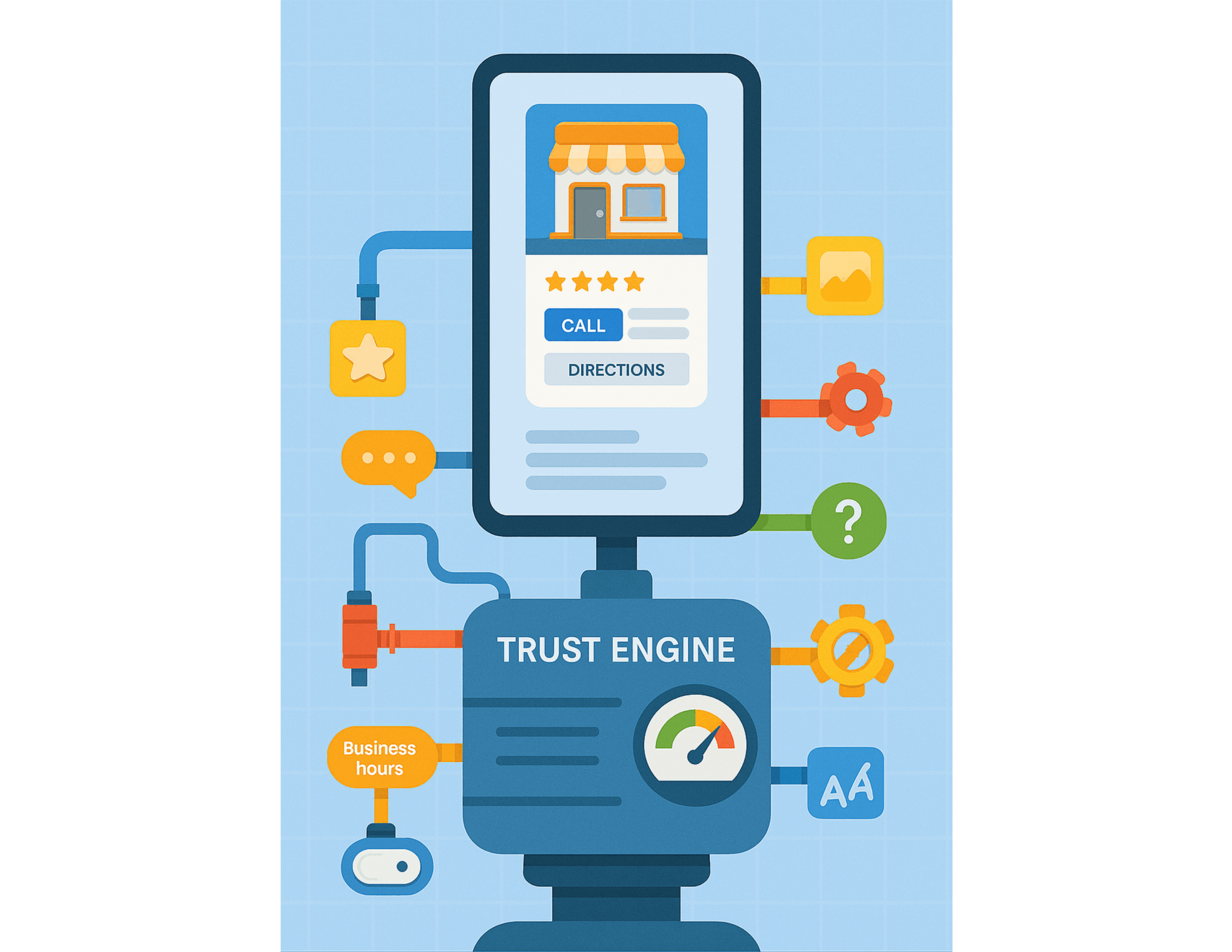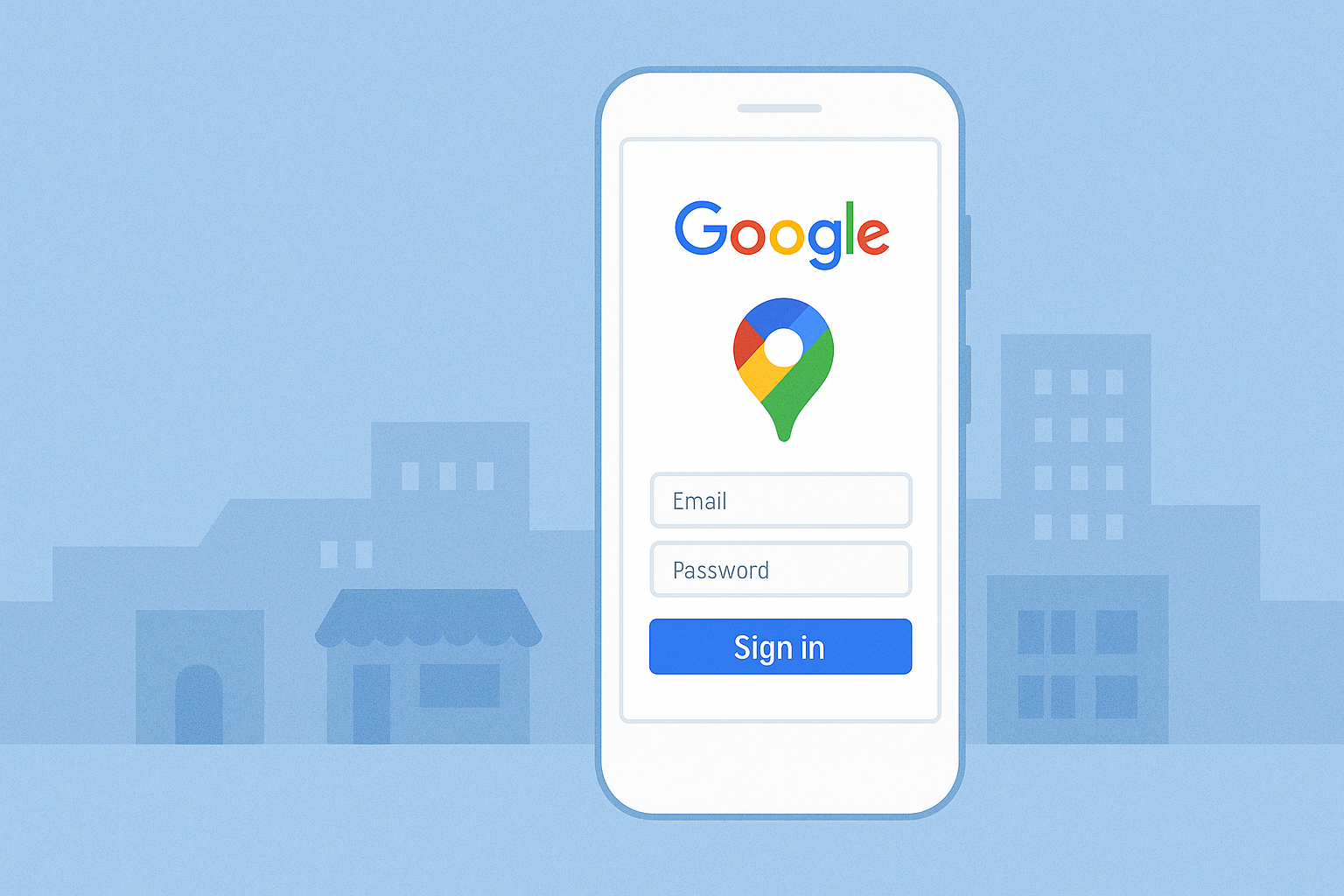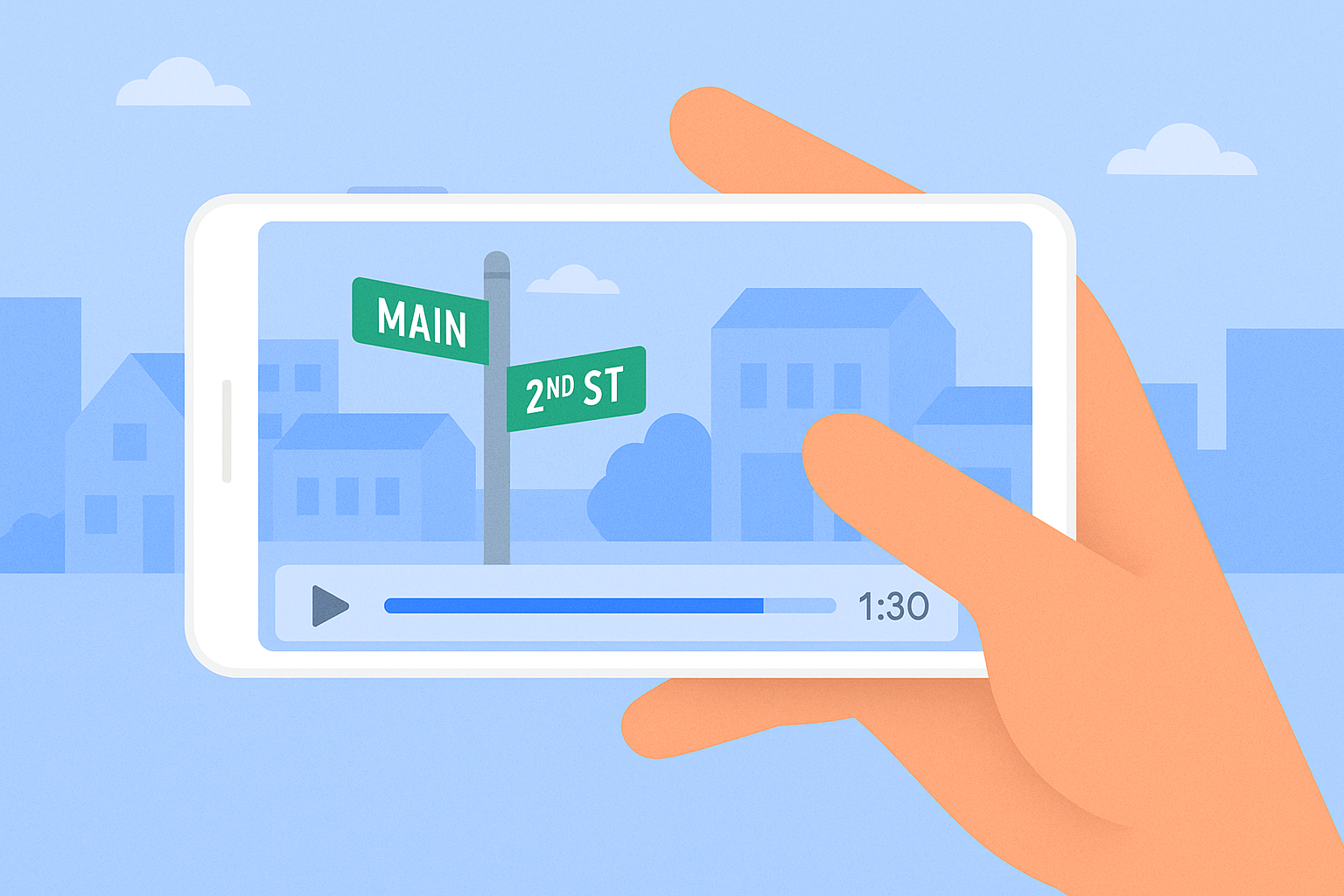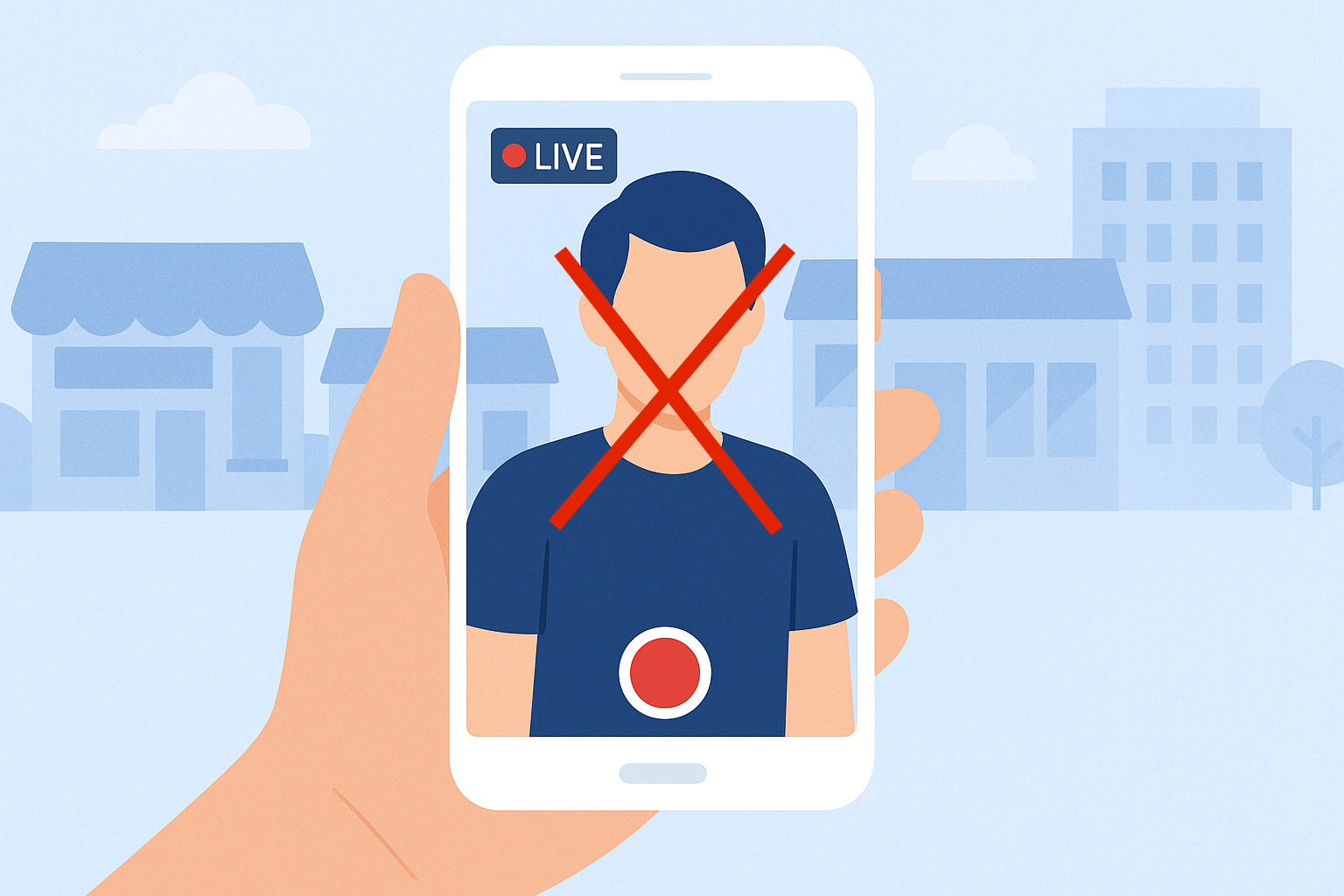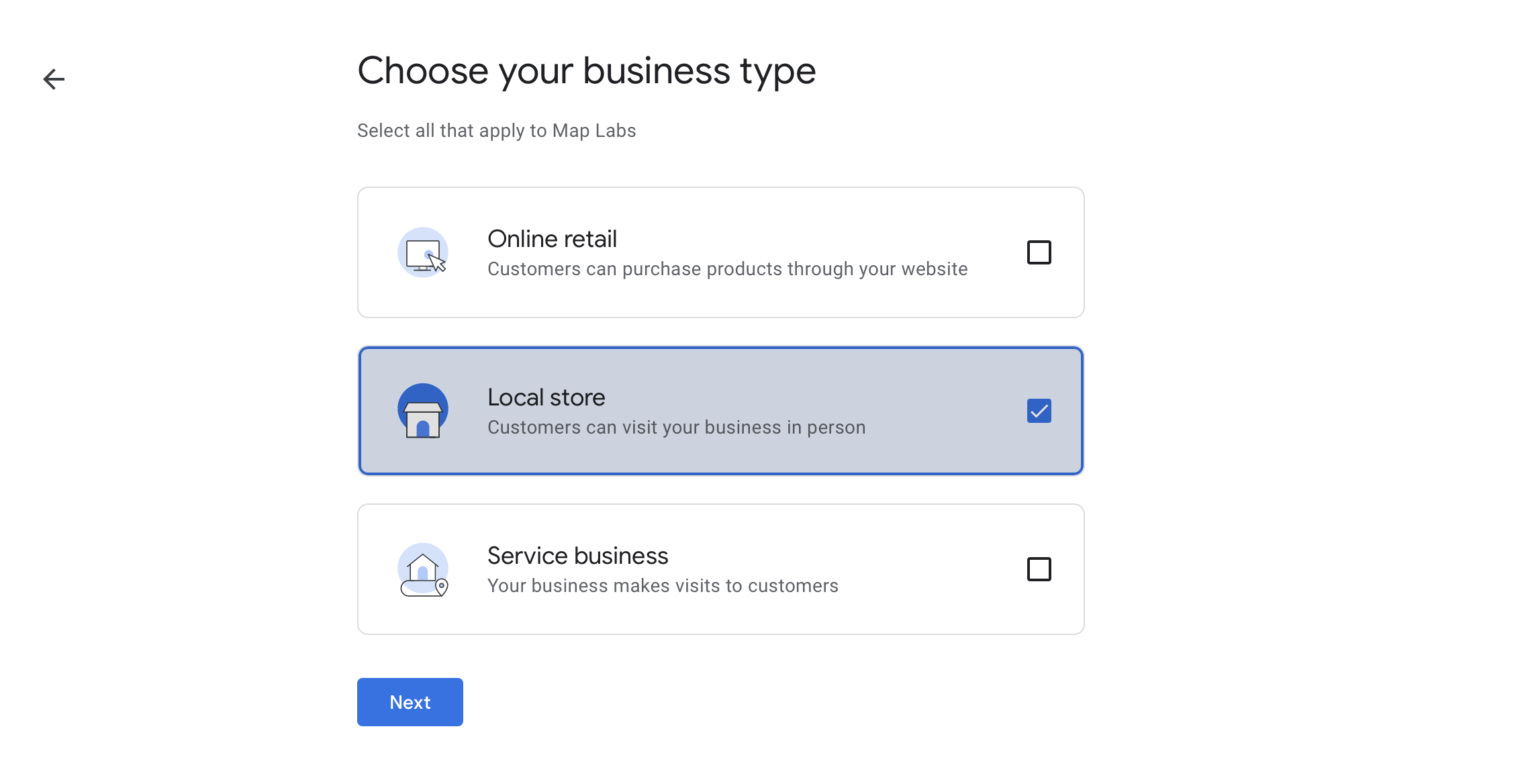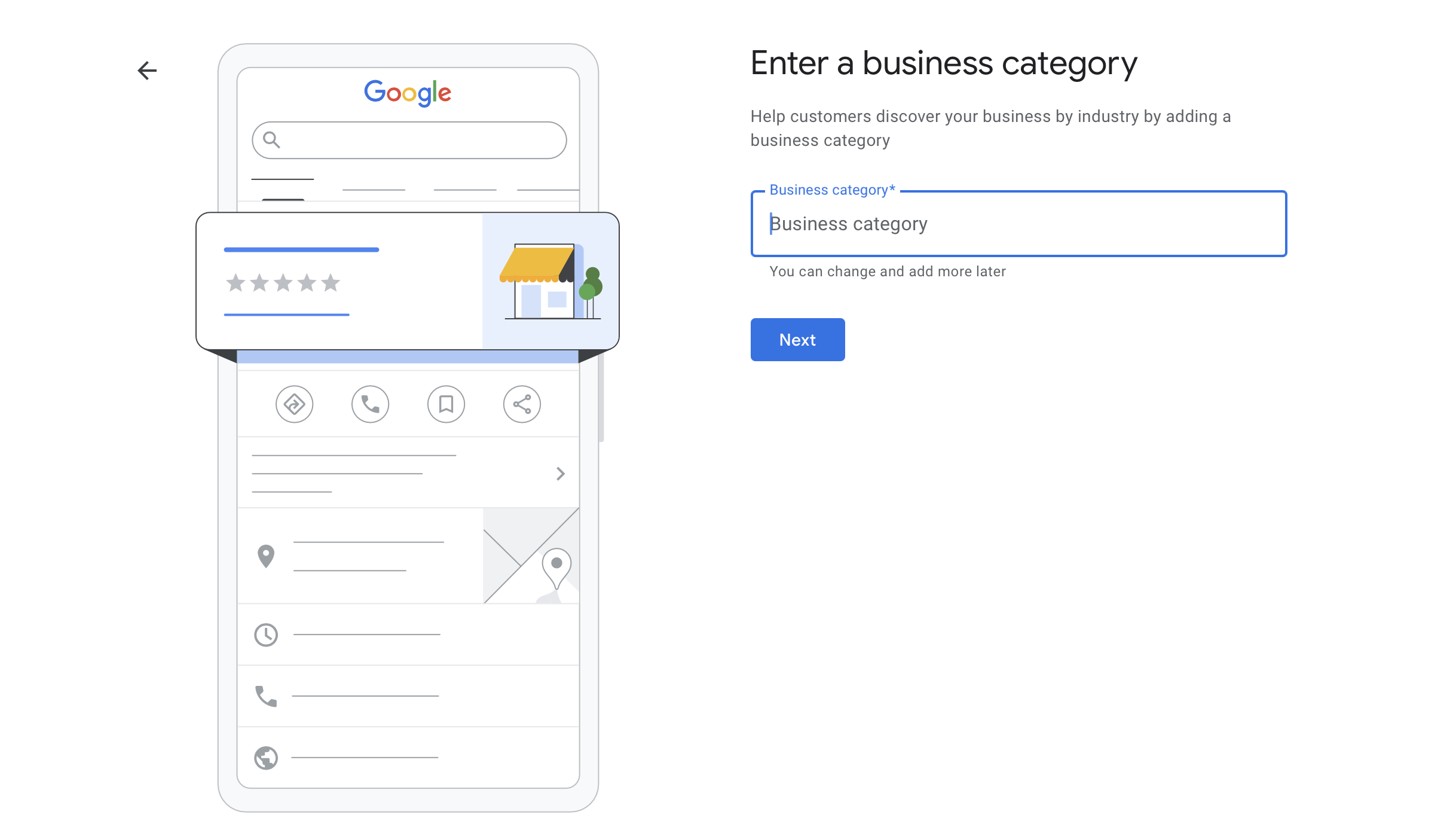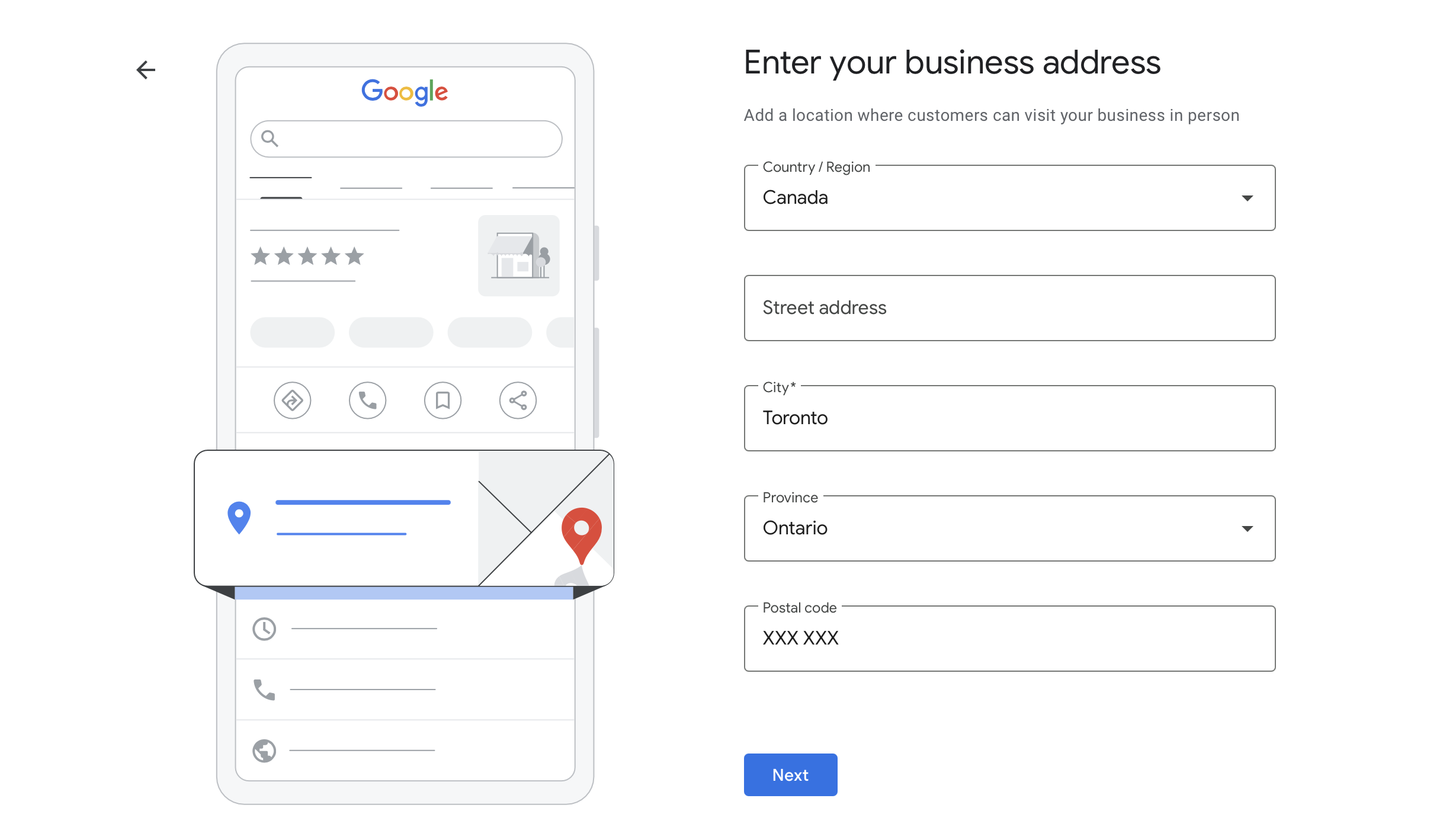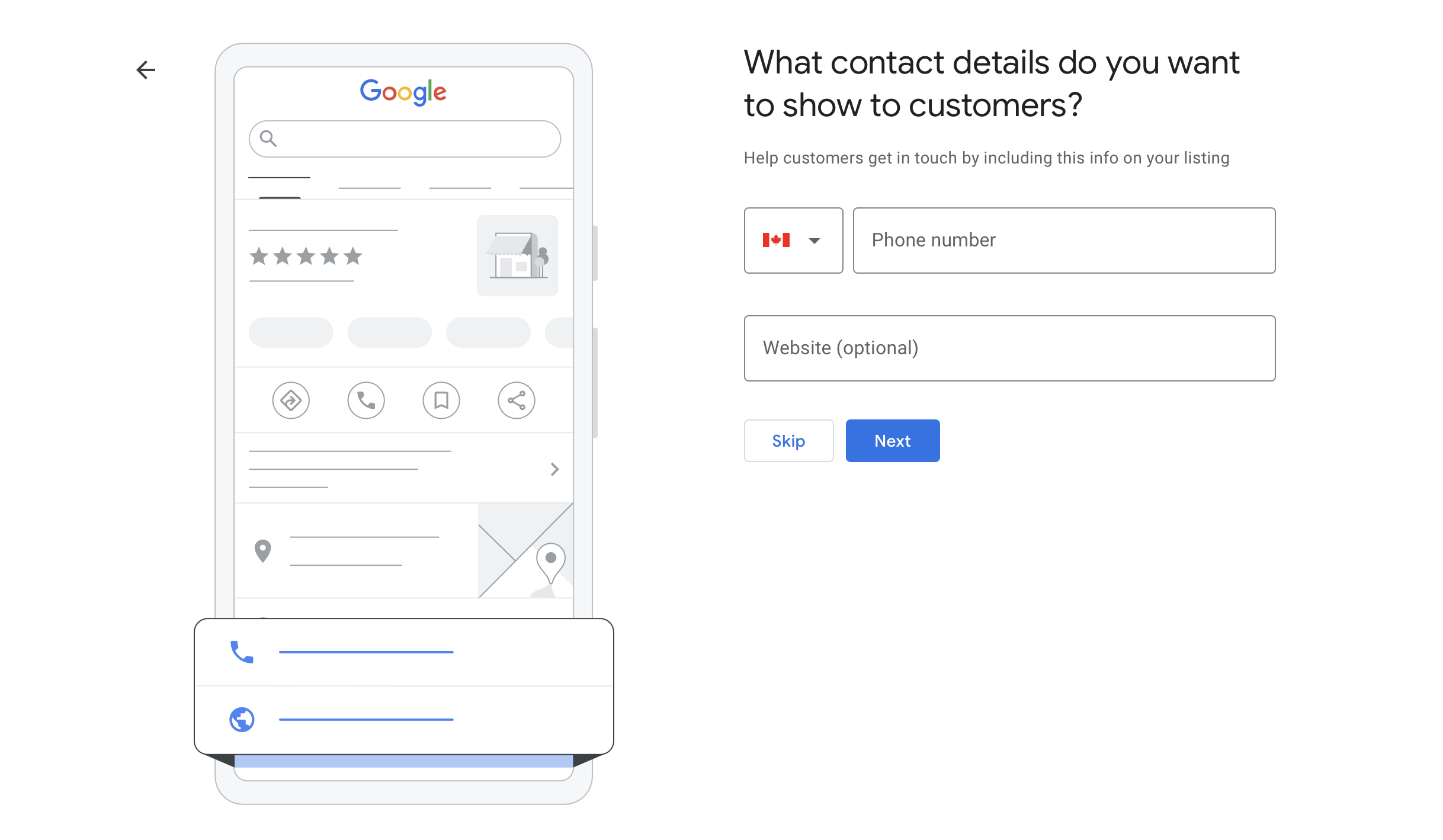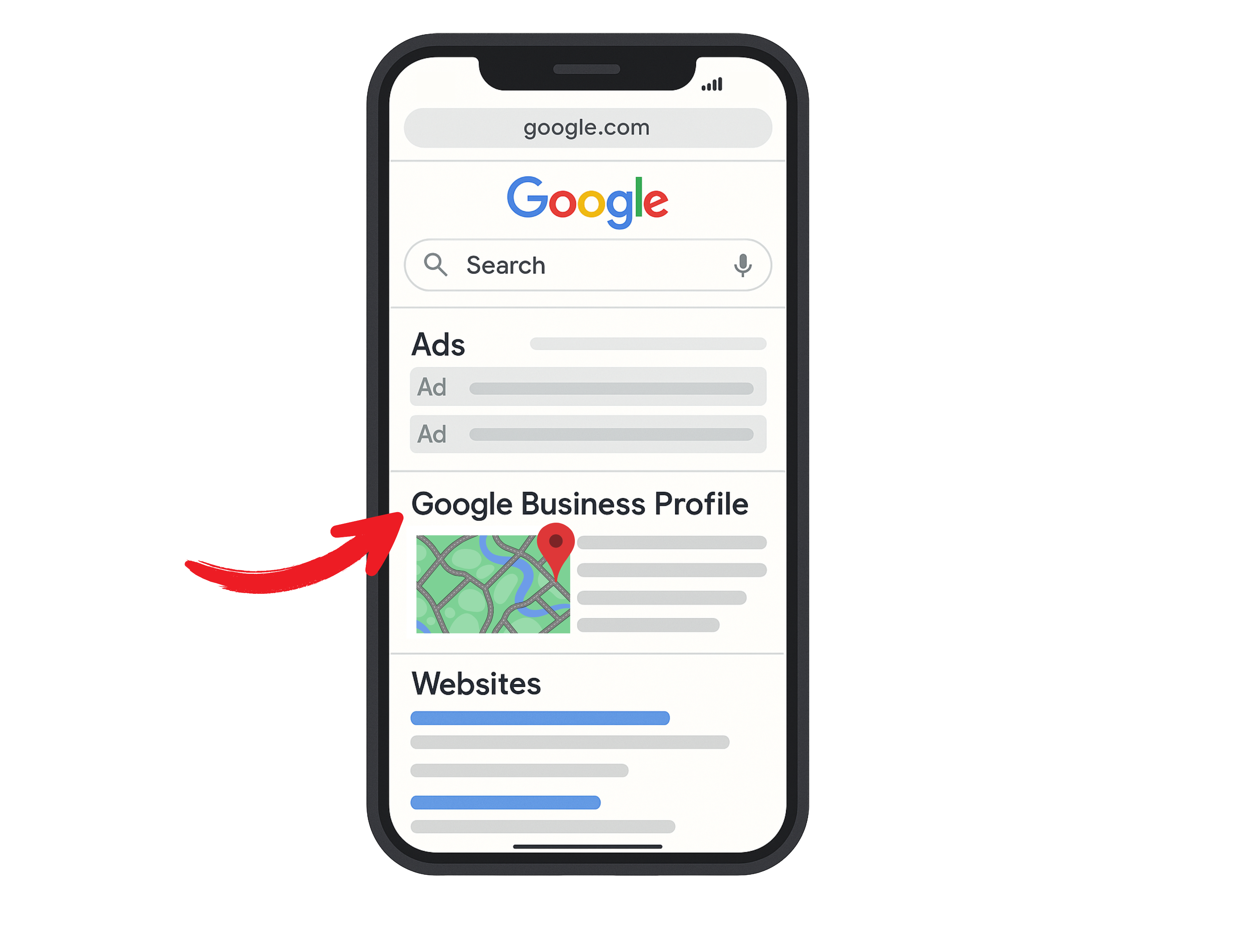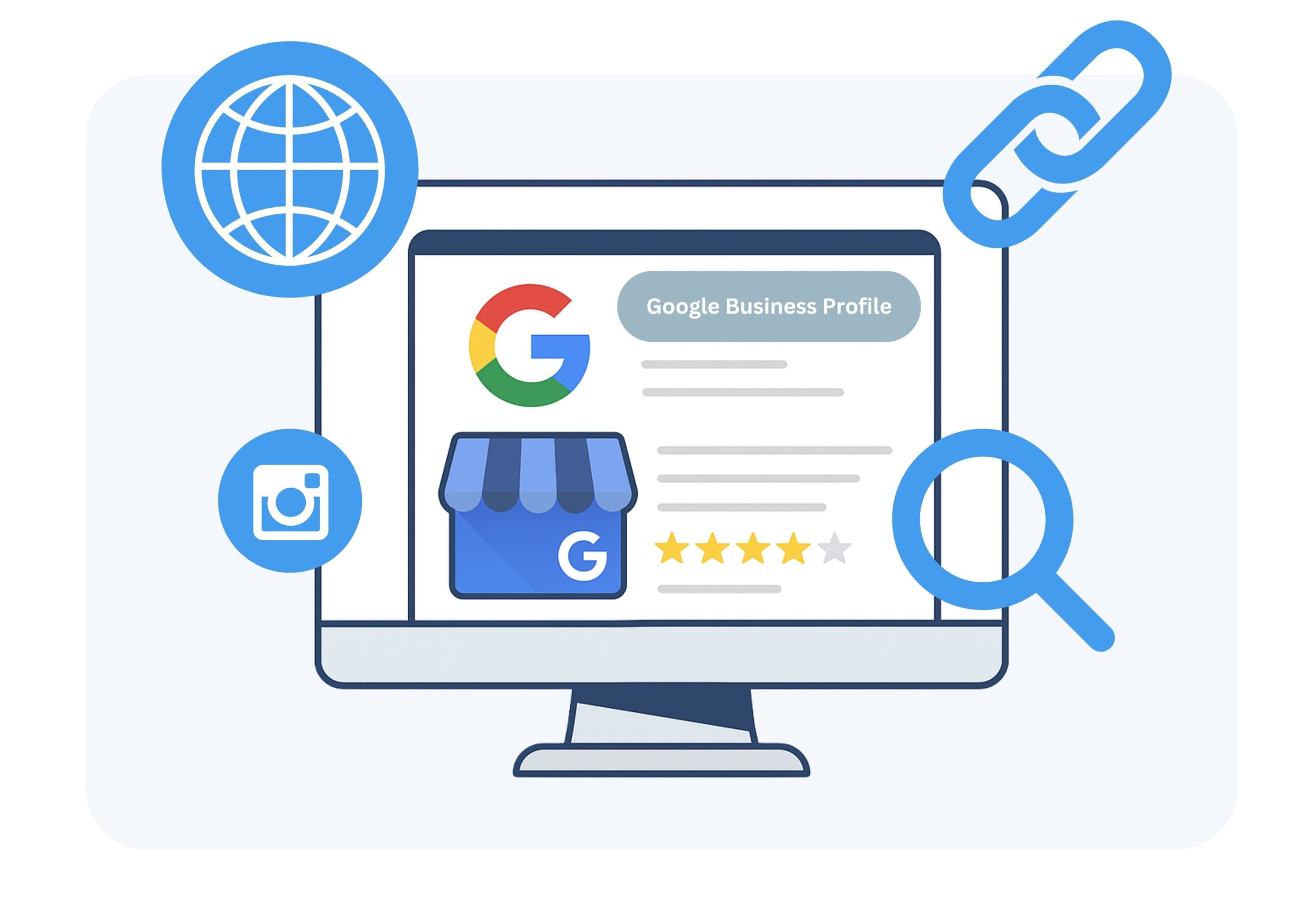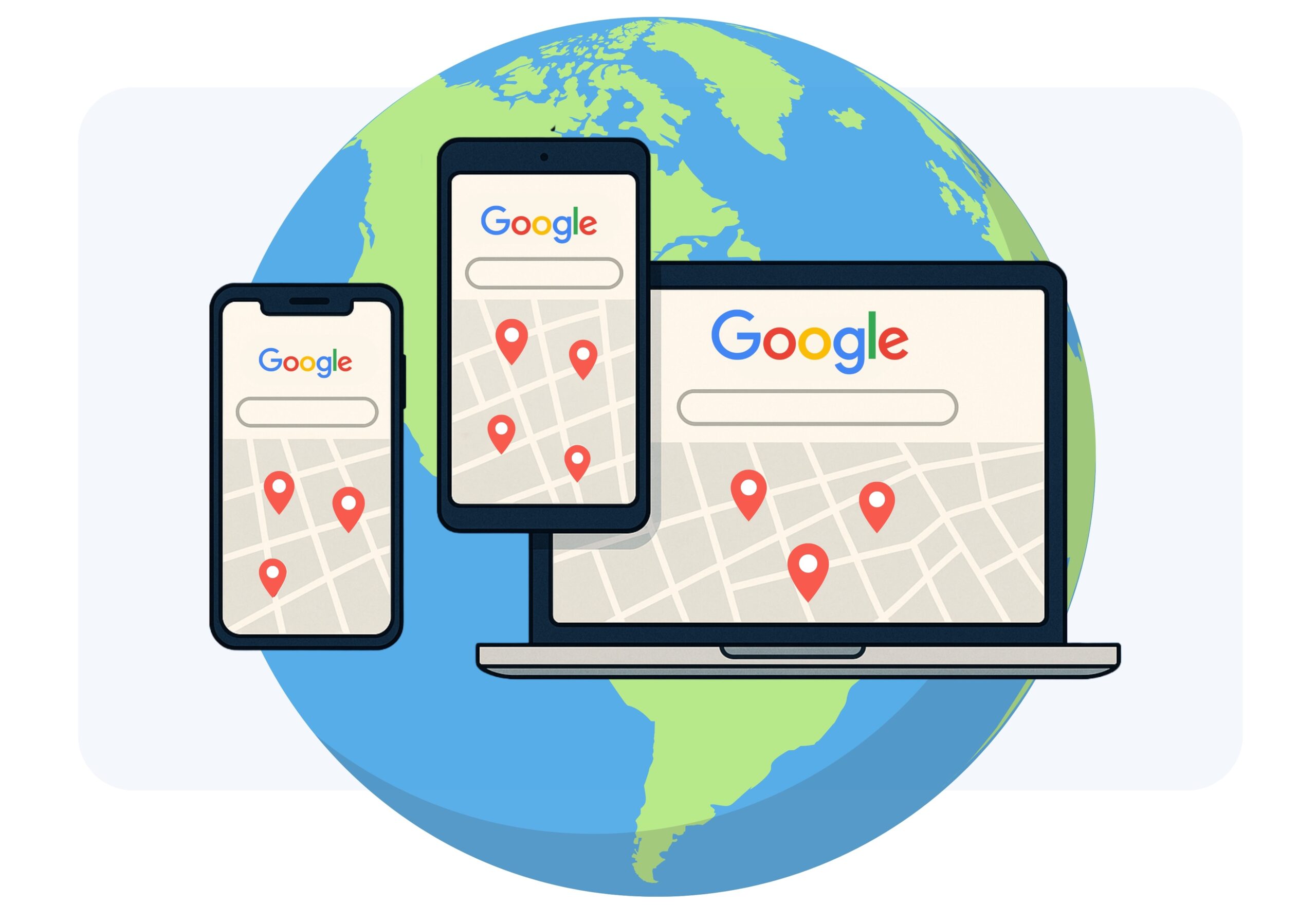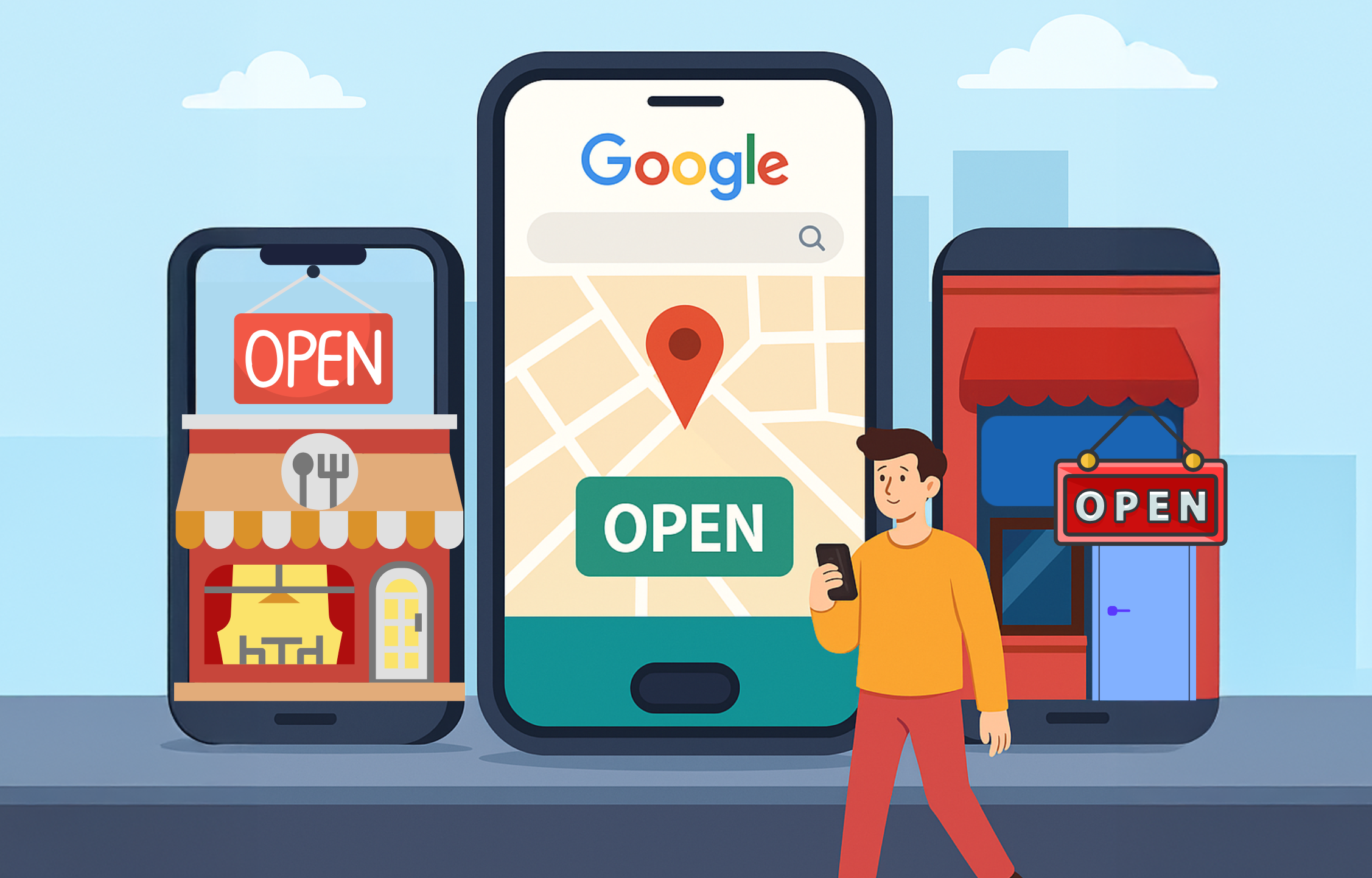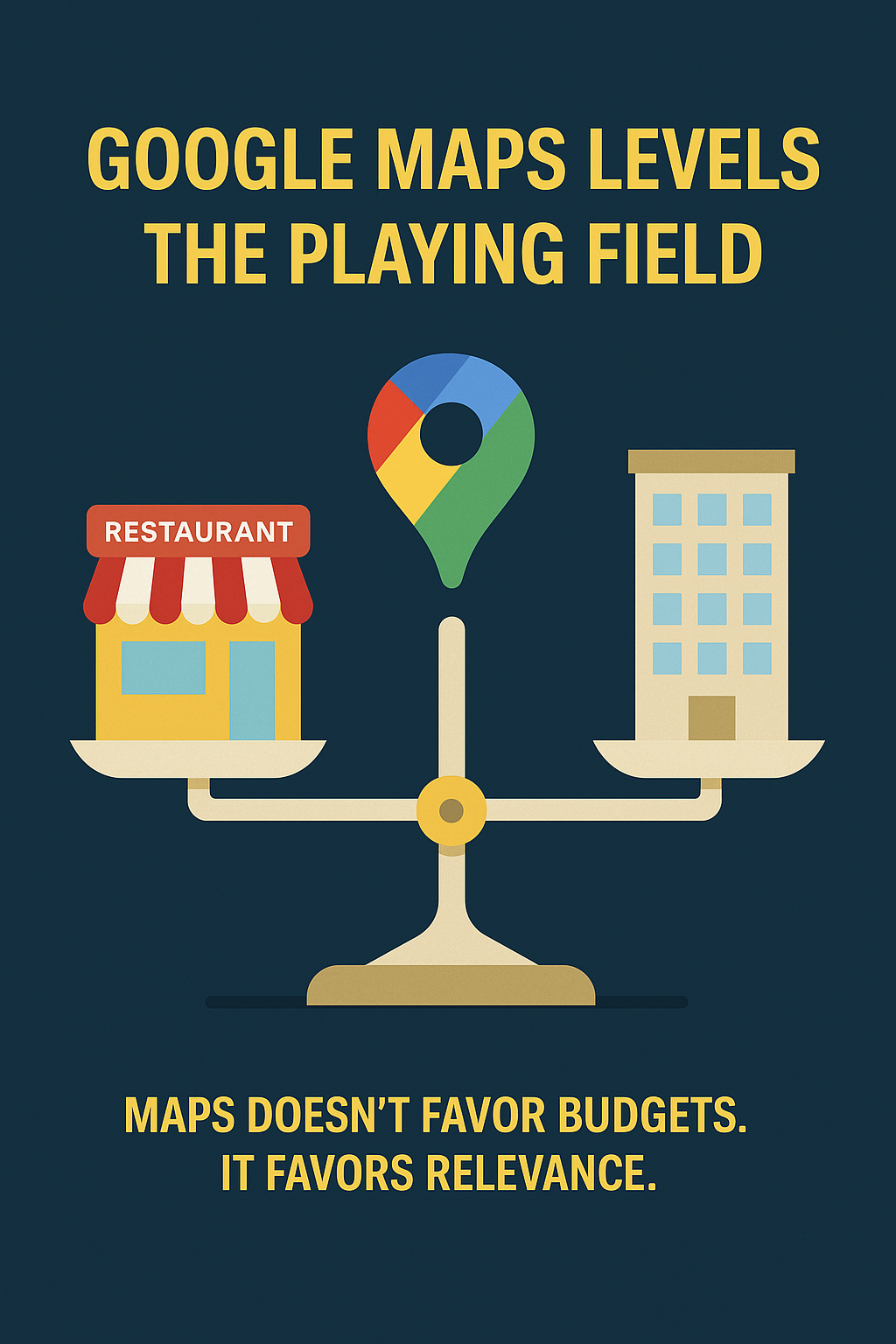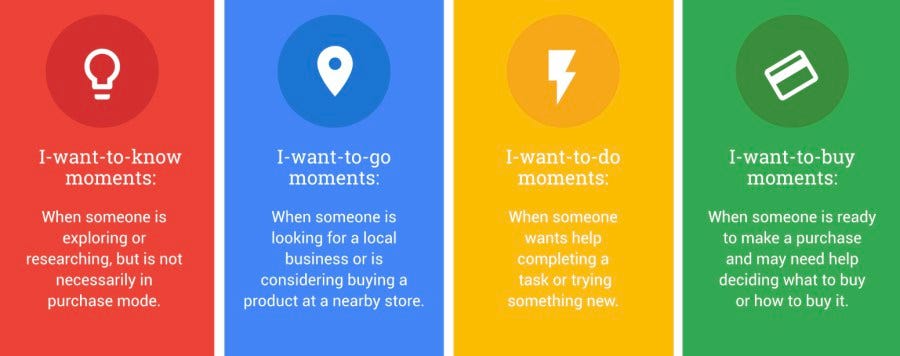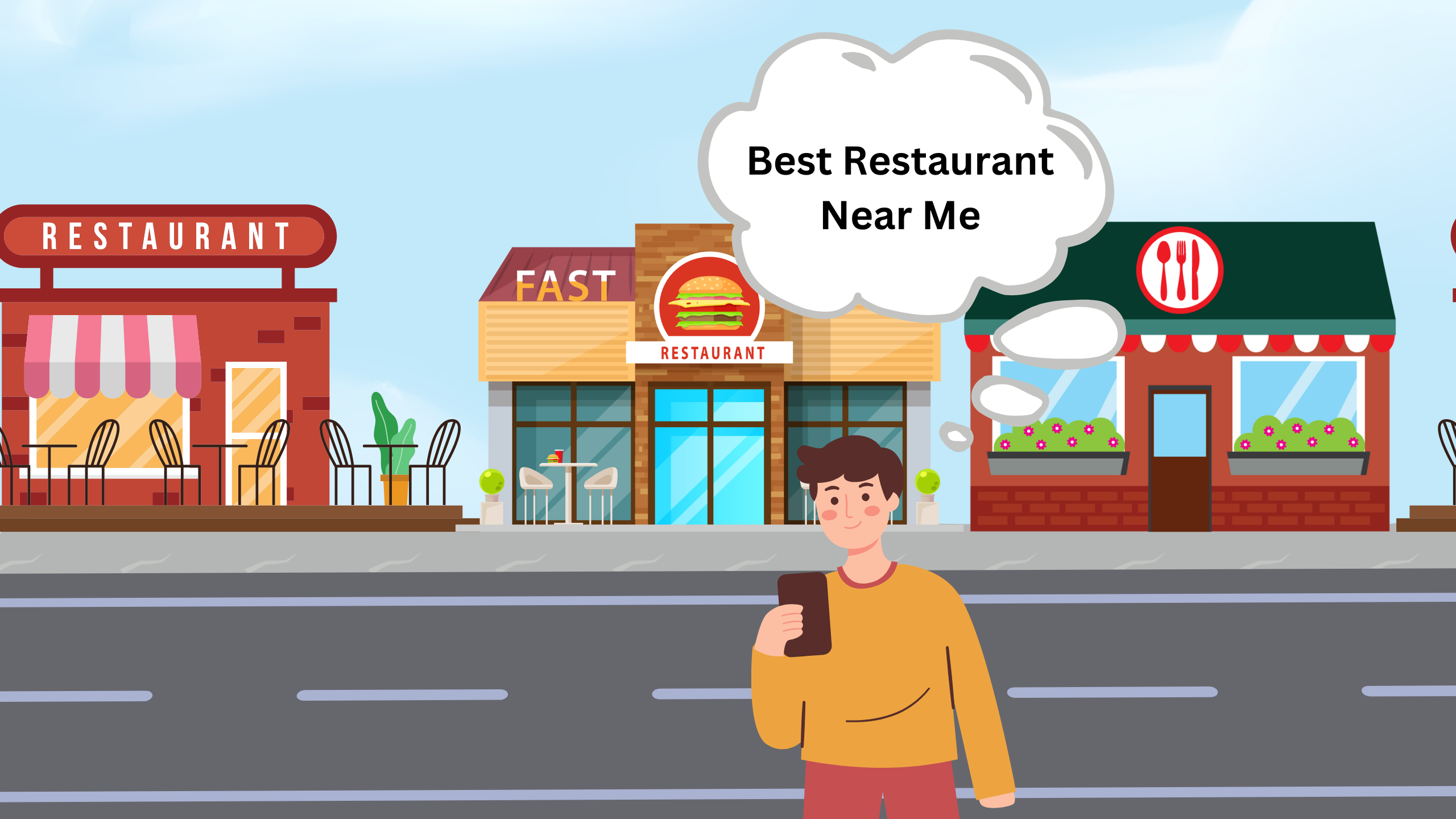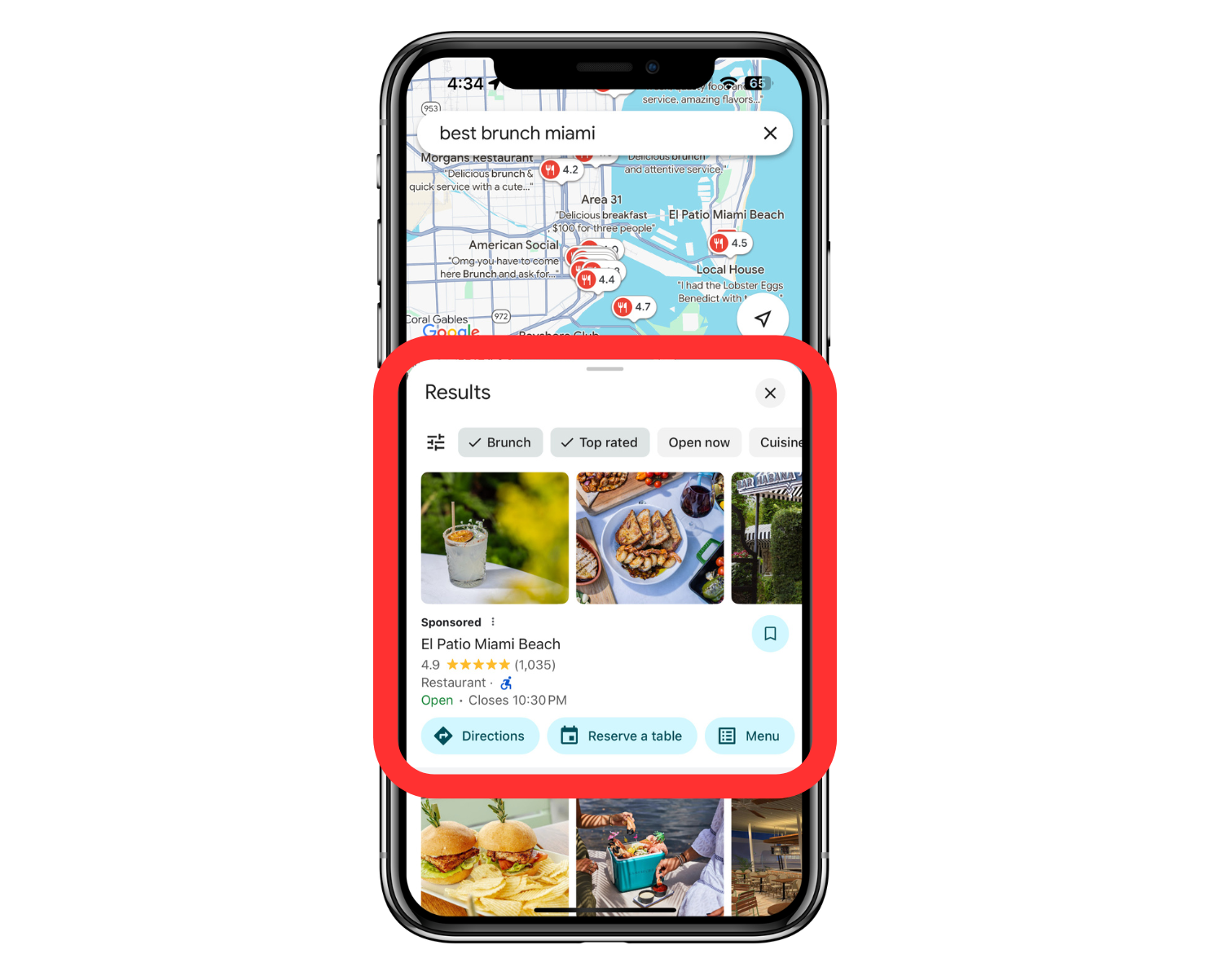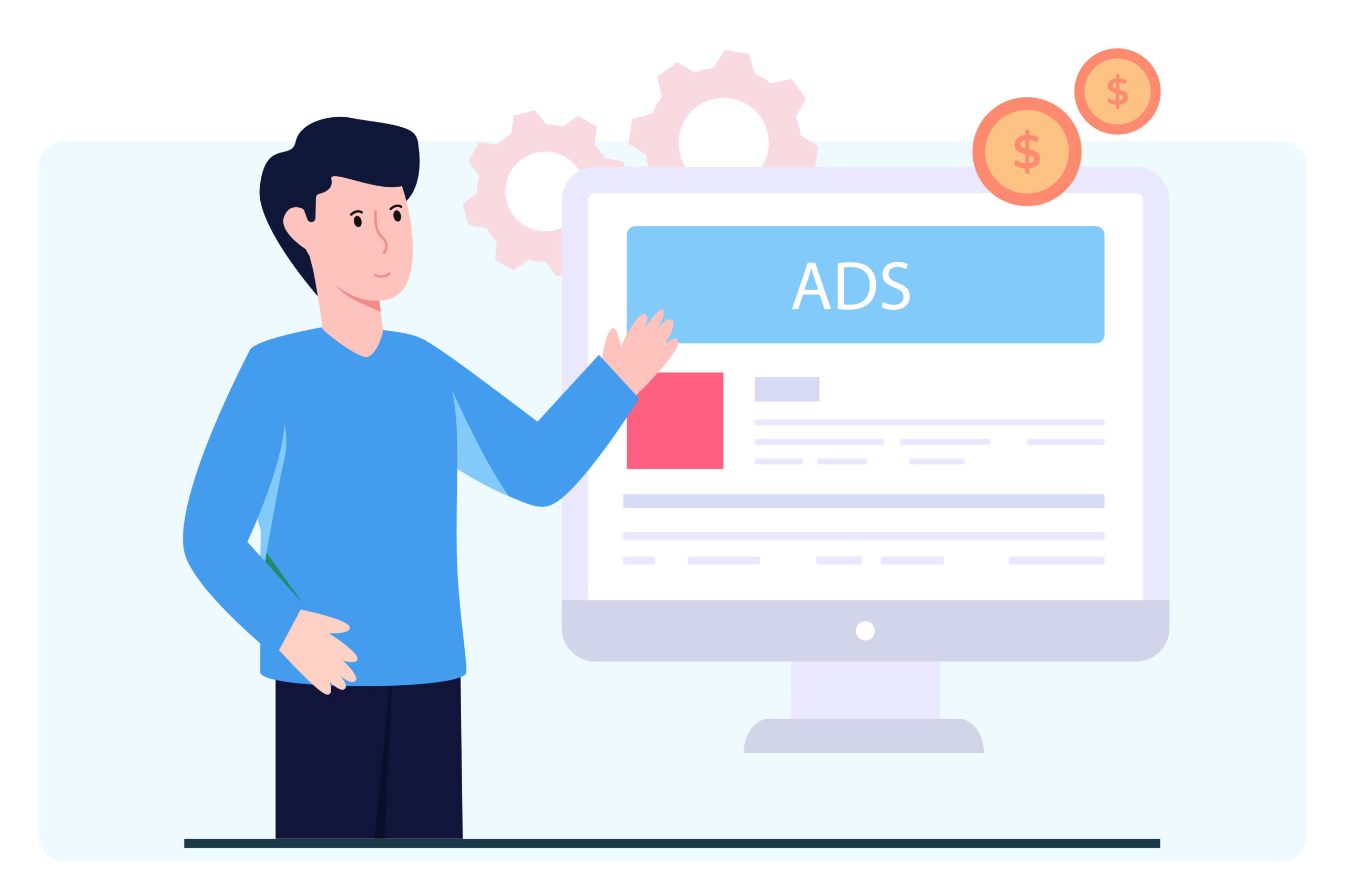When a holiday weekend rolls around, your customers are already making plans—and they’re checking Google to see if you’re open. If your hours aren’t accurate, you’re not just missing out on sales; you’re risking bad reviews, broken trust, and lost traffic.
That’s where Google Business Profile’s Special Hours come in. Whether you’re closing for the Fourth of July, Christmas, Thanksgiving, or just changing hours for a one-time event—keeping your hours updated tells Google (and your customers) that your business is active, reliable, and ready.
In this guide, we’ll break down what Special Hours are, why they matter more than most businesses realize, and how to update them quickly; especially if you’re managing multiple locations.
Spoiler: there’s a much faster way than doing it one-by-one.
What are Special Hours?
Special hours on Google Business Profile allow you to specify temporary or exceptional operating hours for your business on specific dates, such as holidays or special events, that differ from your regular hours. These hours override your standard hours for those particular dates and help customers avoid confusion when they expect your business to be open or closed.
You can use special hours to indicate when your business will be open or closed for a short period, like a few hours or up to six consecutive days. Special hours are perfect for marking holidays, special events, or any other occasion where your business operates outside of its normal schedule. Special hours will be displayed on your Google Business Profile instead of your regular hours for the specific dates you’ve set.
Why Special Hours Matter
- Rank Higher on Google
If there is a holiday coming up in your region, you must update your ‘holiday hours’ even if your hours are not changing for the holiday. This signals to Google that your business is active and has confirmed when you will or will not be open, allowing Google to display your GBP with confidence to consumers. Businesses that do not update their special or holiday hours will appear lower in search results than those that do.
- Brand Image
Imagine making a reservation and arriving with your whole family, only to find the business is closed. This is not a good look for your brand and is guaranteed to create frustrated potential customers, especially if they have gone out of their way to visit your business. Keeping your special hours up to date ensures customers have accurate information, preventing wasted trips or negative reviews.
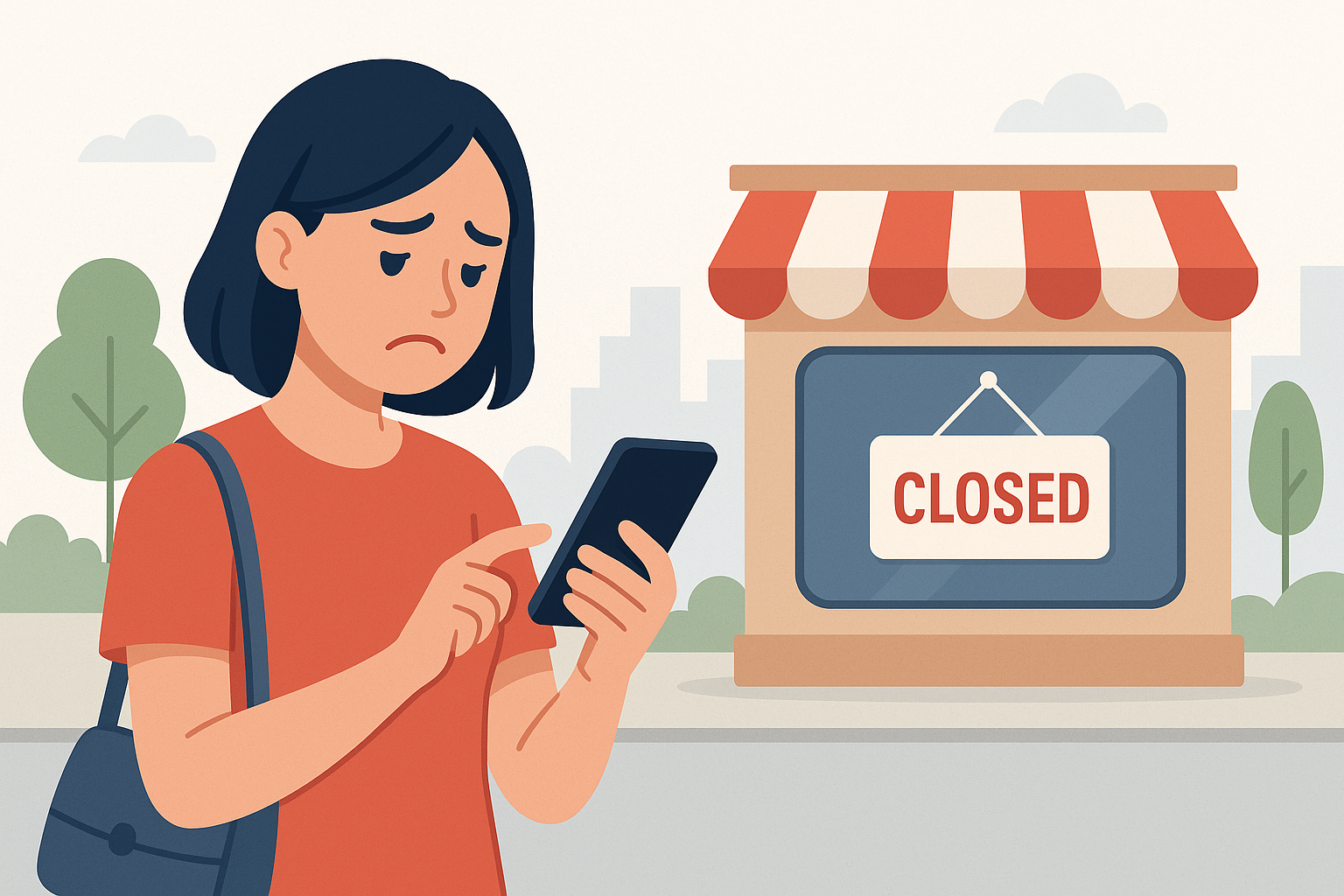
- GBP is More Visible Than Your Website
Today, most customers make decisions directly on Google Maps, without ever clicking through to your website. This means your Google Business Profile is the first and often only touchpoint before someone visits your business. If your hours are out of date on GBP, it doesn’t matter that you updated them on your website—customers will likely not make it there.
- Turn Interest into Action
Along with updating your special hours, use Google Posts/Updates to share your holiday offers, promotions, or closures. These posts show up directly in your profile and are a great way to communicate your unique offerings to potential customers during the holiday season. Check out these videos on how to use Google Posts!
How to Update Special Hours
Natively on Google Business Profile
On Google Business Profile native, you can set special hours through your Google Business Profile dashboard, typically by navigating to “Edit Profile,” then “Hours,” and then “Special Hours” or “Holiday Hours.”
Step 1: Click the “Edit Profile” tab on the home page of your GBP
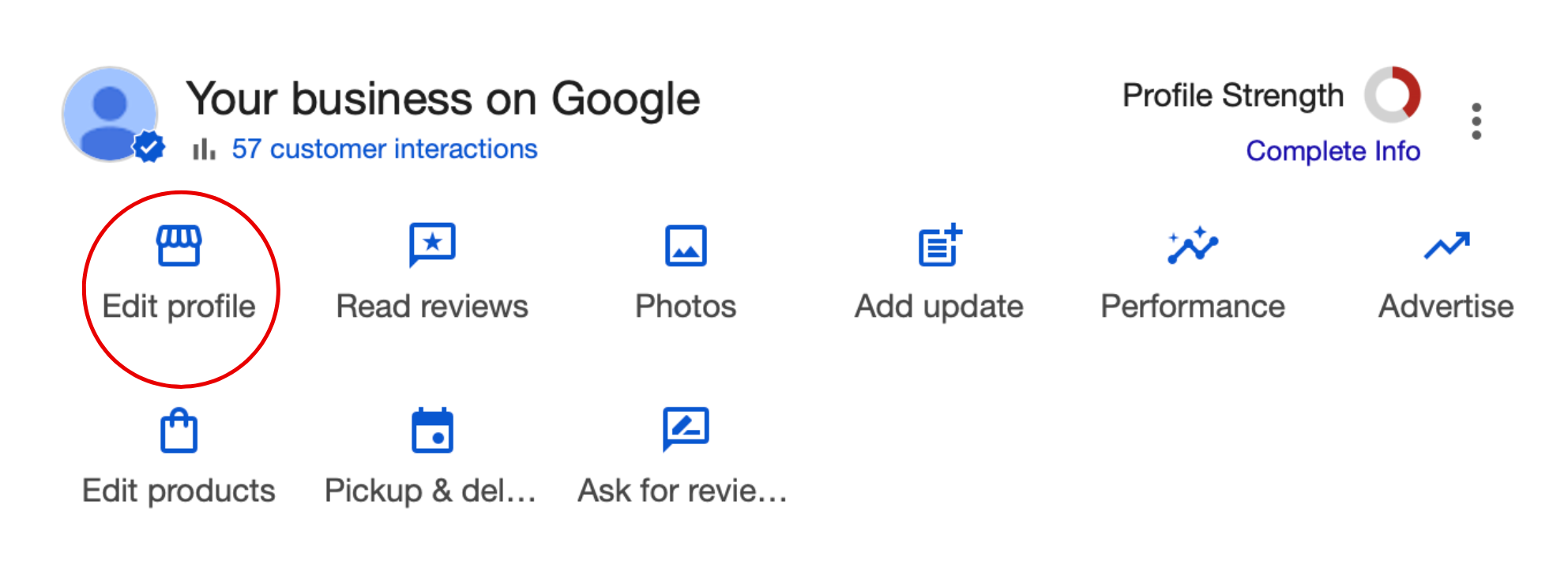
Step 2: Click on the “Hours” tab at the top of the page.
This is where you’ll choose how your business hours appear on your Google Business Profile. Pick the option that best describes your current operating status.

Step 3: Set your day-to-day operating hours for each day of the week.
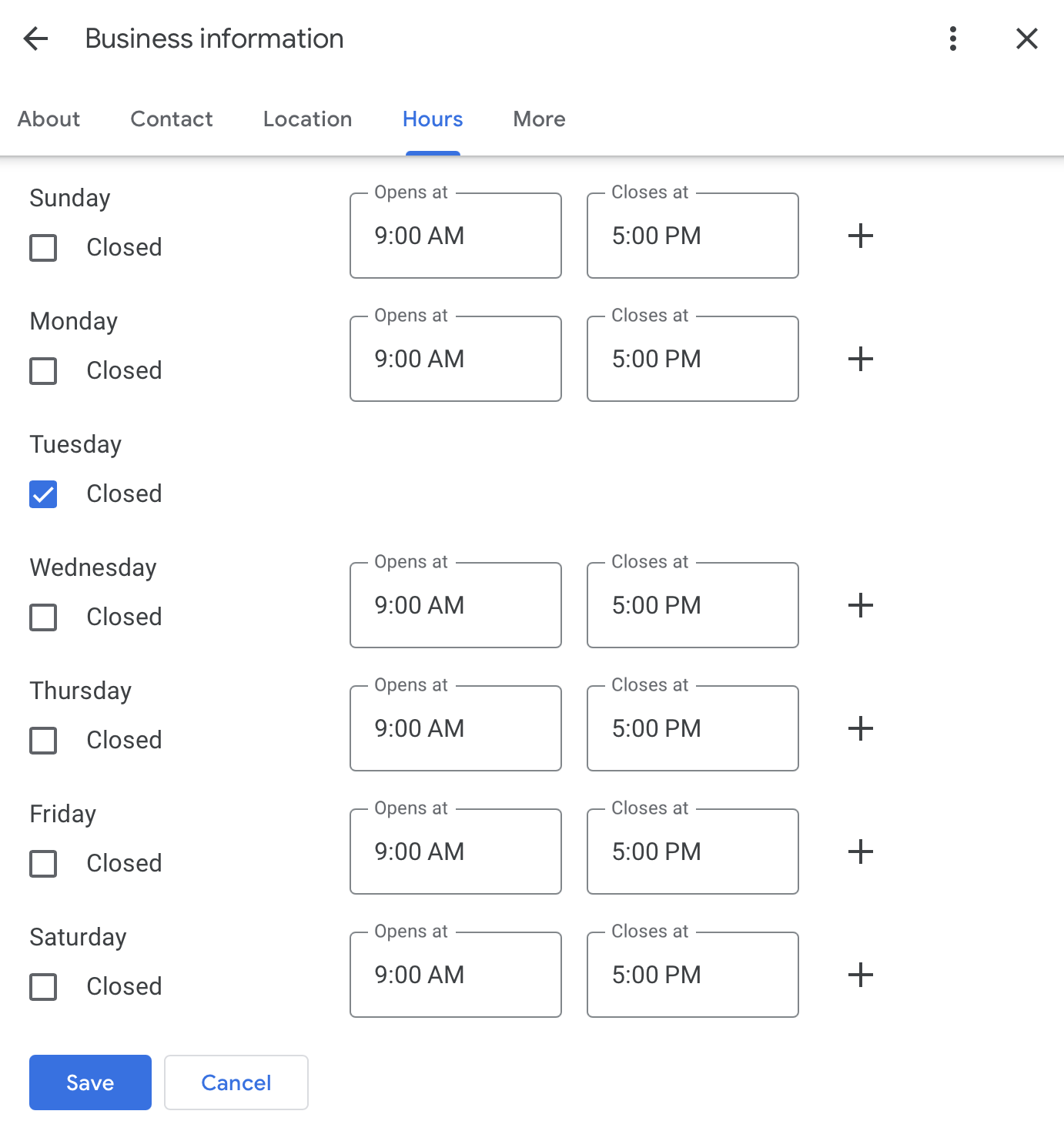
Add “More hours” if applicable
Step 1: Click the “More” Tab
Step 2: Scroll down to “Add more hours”

Set holiday and special hours
Step 1: Click the “More” Tab
Step 2: Scroll down to “Special Hours” and input the date of the holiday, and time you are open

Updating ‘Special Hours’ on Map Labs
Managing a single location?
Our software allows you to update Special Hours with just a few clicks. Visit the “Location Info” tab inside your Map Labs dashboard to easily manage your Regular Hours, More Hours, and Special Hours, all from one central page.
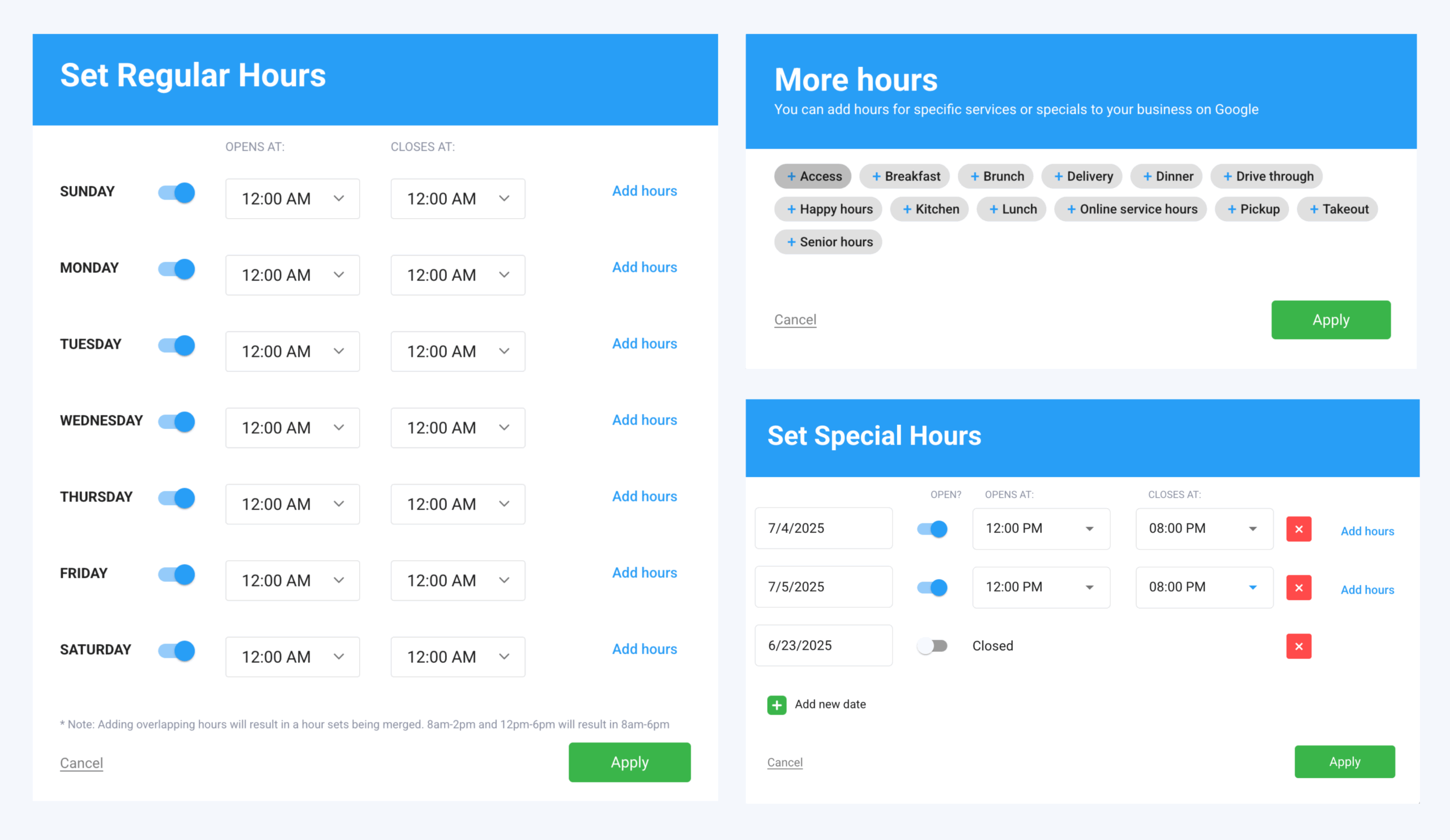
Bulk Updates on Map Labs
Map Labs makes it easy to update hours for a single location, but you can also bulk update dozens or even hundreds of locations in just a few clicks with our proprietary, industry-leading software. This bulk-hours feature is one of our most popular tools, saving time and reducing the chance of errors.
Step 1: Select locations you would like to update

Step 2: Choose what you would like to update in Bulk (in this example, special hours)
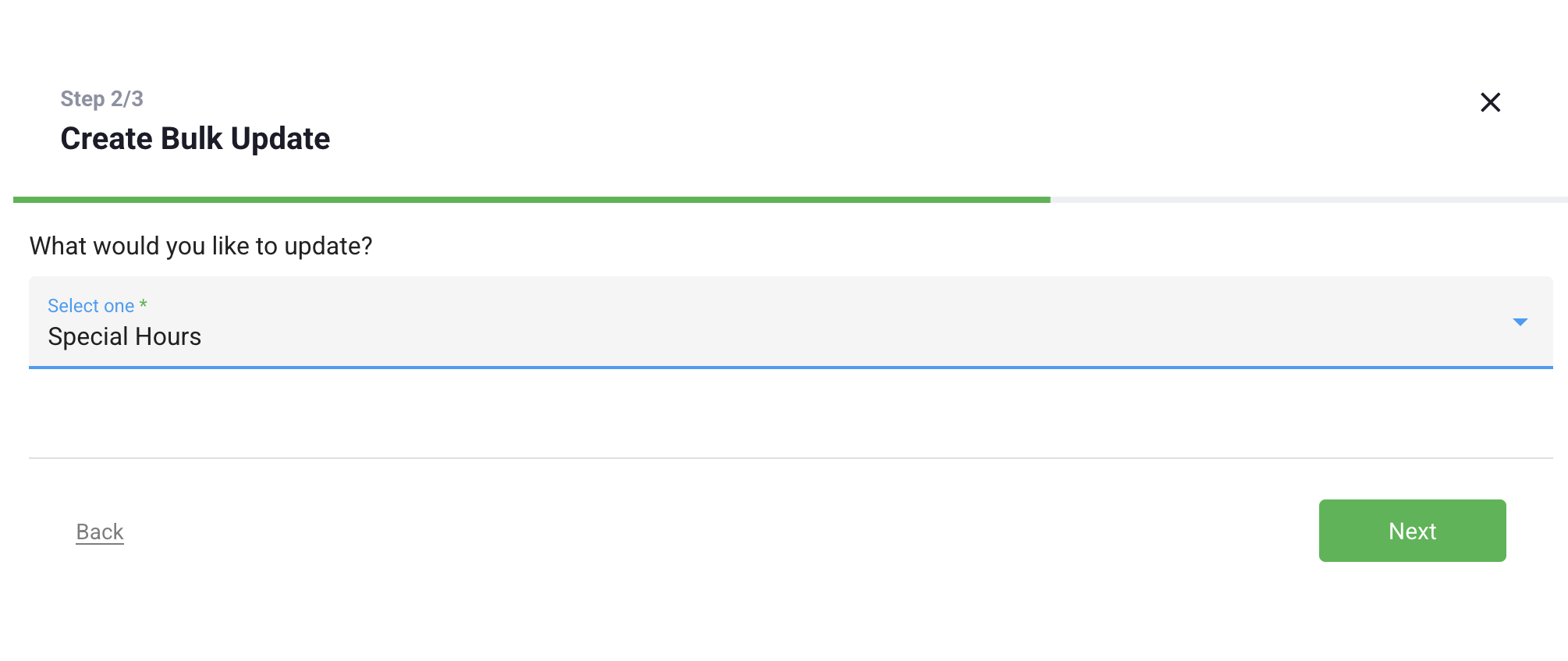
Step 3: Add your Special Hours and hit submit!
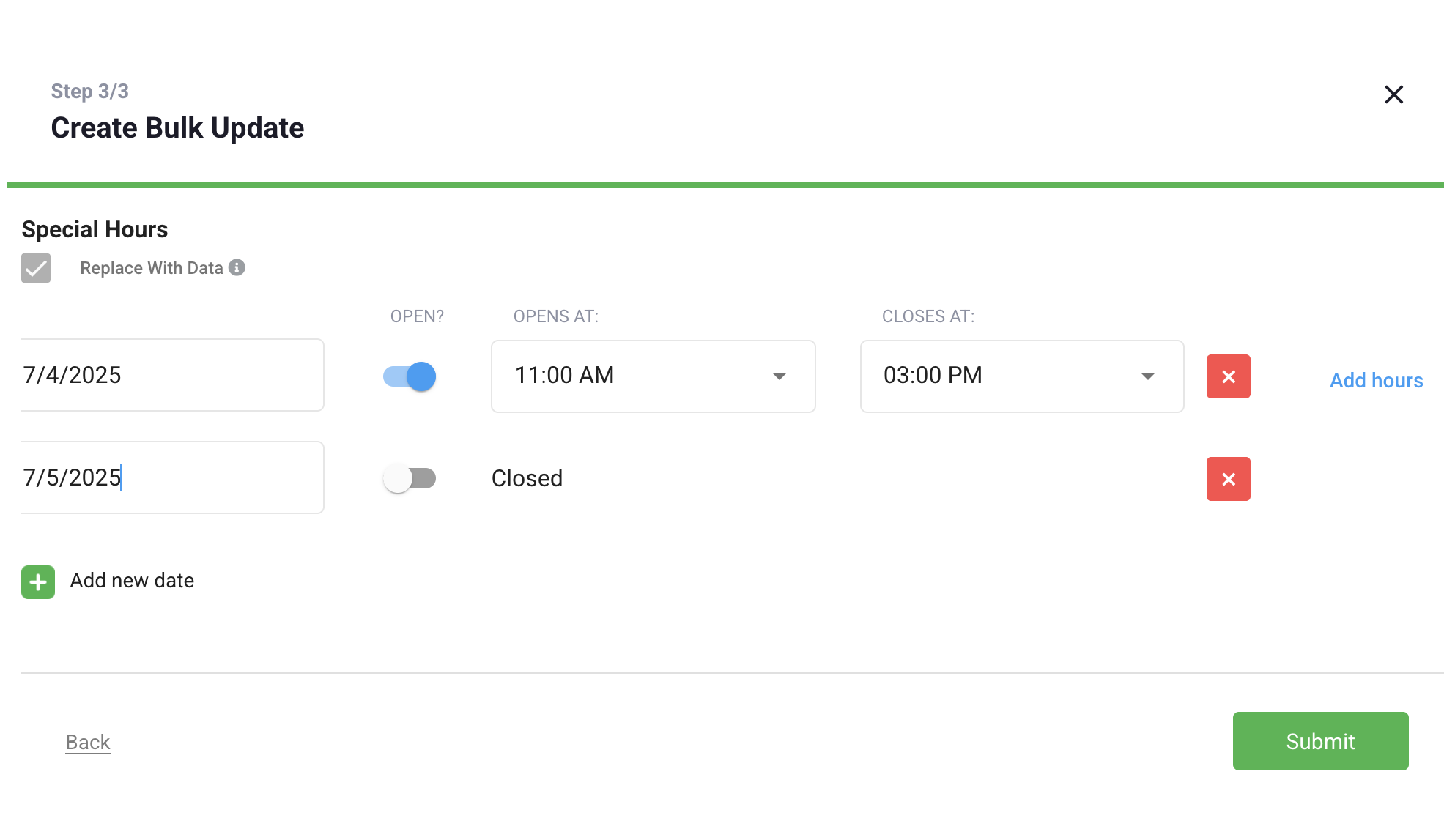
Whether you’re prepping for a holiday weekend or adjusting for a special event, Map Labs ensures your listings are up-to-date everywhere, all at once.
Get Started with Map Labs
Keeping your Google Business Profile “Special Hours” updated might seem like a small task, but it plays a big role in shaping how customers perceive your business—especially around holidays. In the fast-moving world of Maps Marketing, the details matter. When someone checks your hours and sees that you’re open, available, and reliable, that quick glance can be the difference between gaining a customer or losing them to a competitor.
In 2025, Google Maps isn’t just a navigation tool—it’s one of the most influential decision-making platforms for local commerce. Map Labs is powered by industry-leading proprietary software, built and continuously refined by a full-time, in-house development team dedicated to keeping us at the forefront of Google Maps Marketing. With over a decade of experience, we’re not just the #1 Maps Marketing software and service—we’re experts in a field we helped define.
But we offer more than just a tool. What sets Map Labs apart is our ability to pair powerful software with custom-built strategies, crafted by a team that’s spent 10+ years versed in the nuances of local search.
Did you know…
- Customers are willing to spend 31% more if the business has a good online reputation
- 96% of consumers are open to writing your business a review
- Google gets 139.9 billion visits each month, of which 6.4 billion are unique visitors
If your business wants to start leveraging the most powerful marketing channel available today, visit MapLabs.com to get started.
Want to know more?
🎥 Watch ‘Why Every Business Needs Maps Marketing’ video below!
